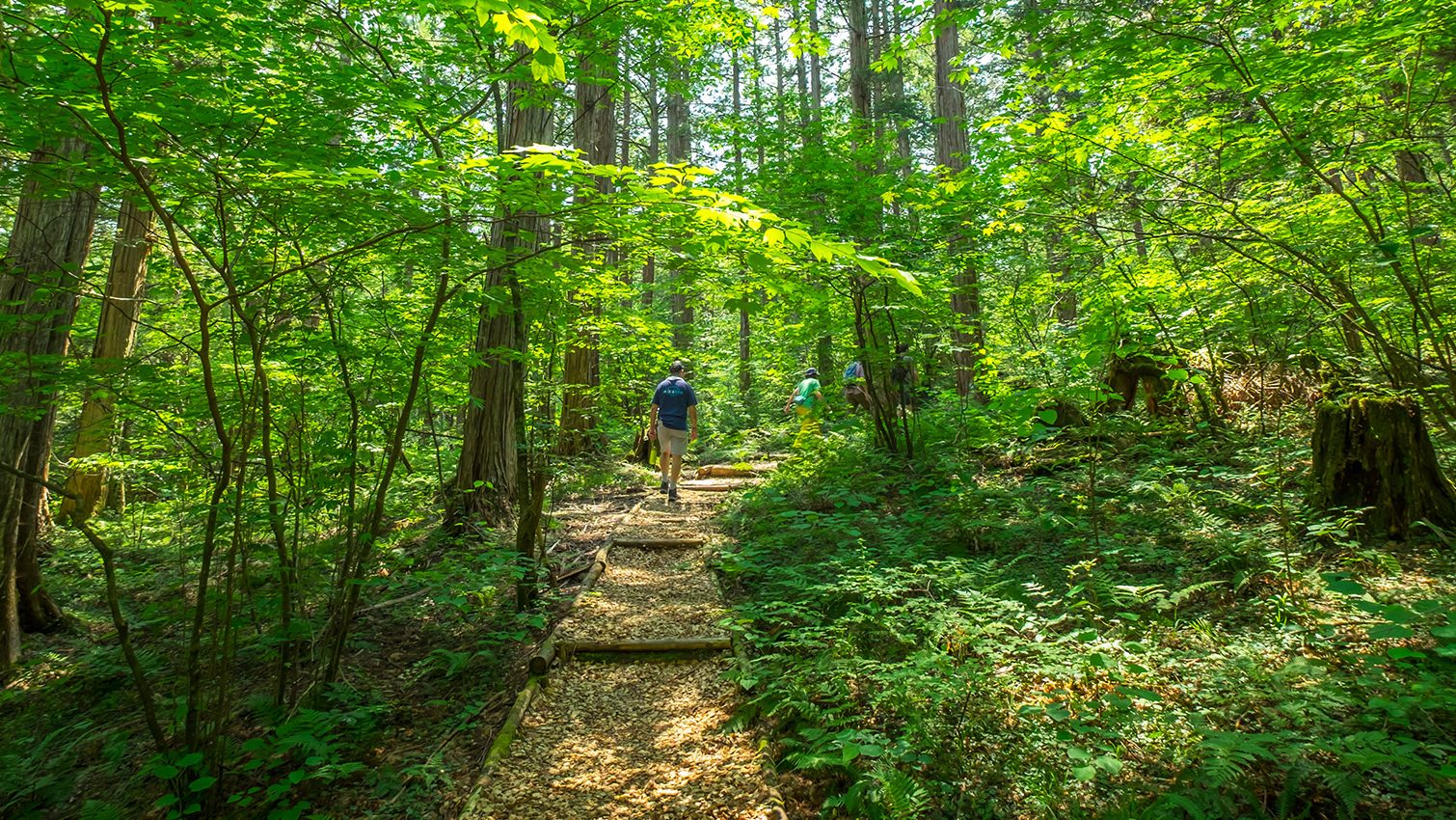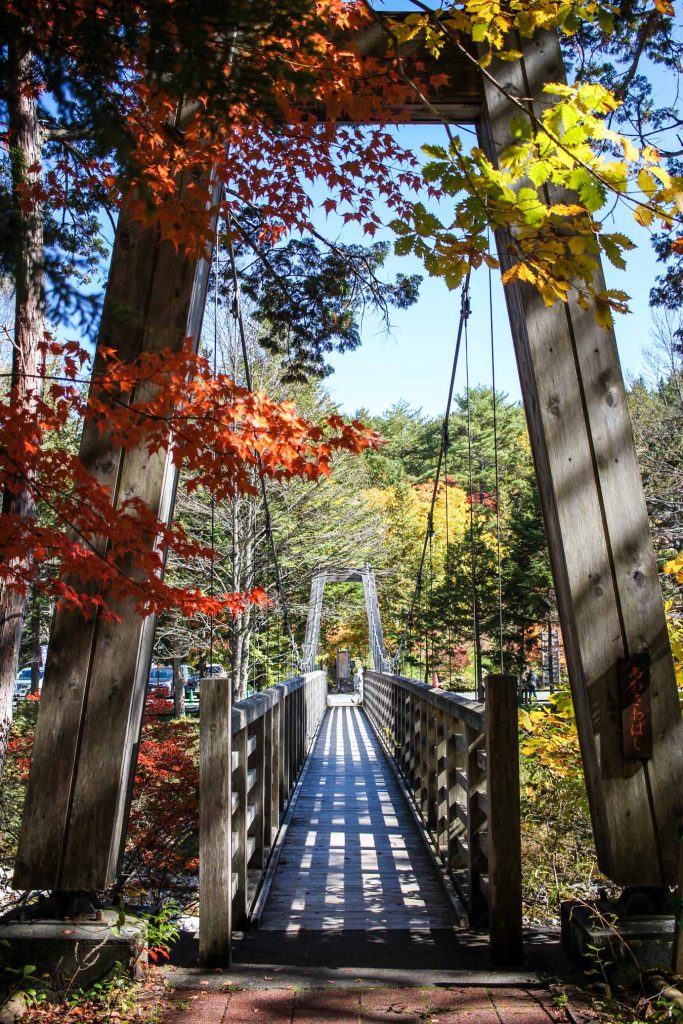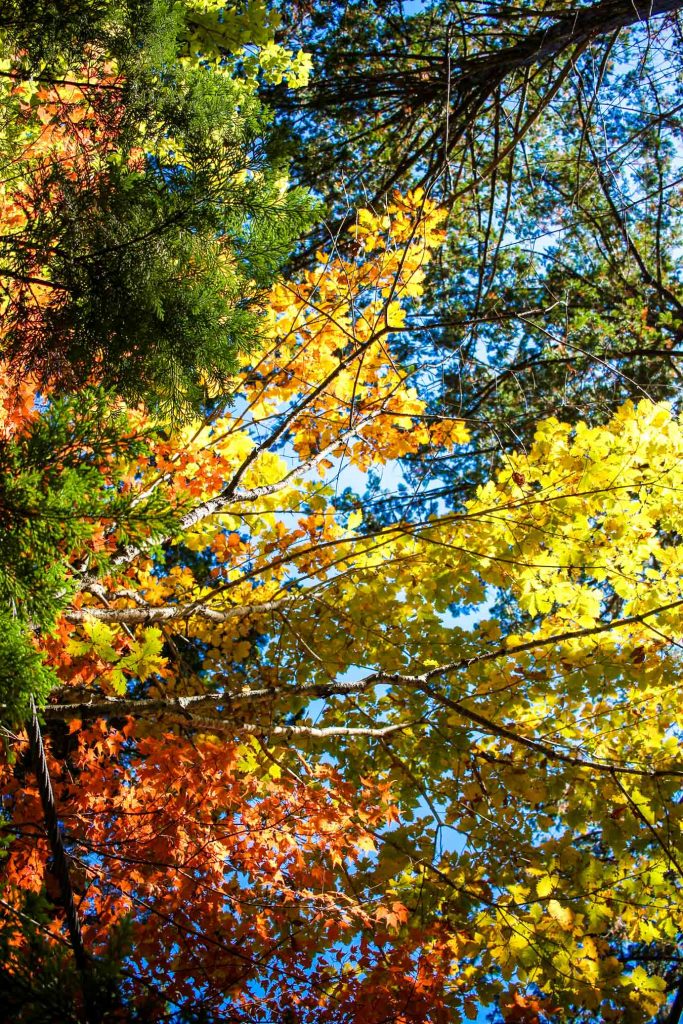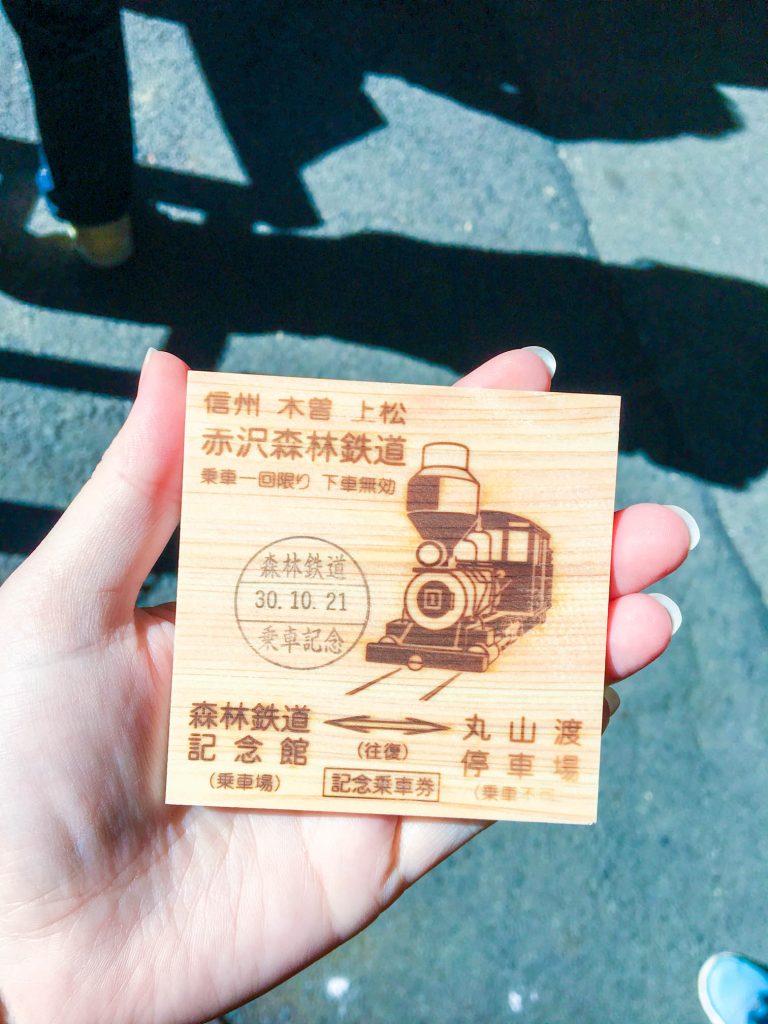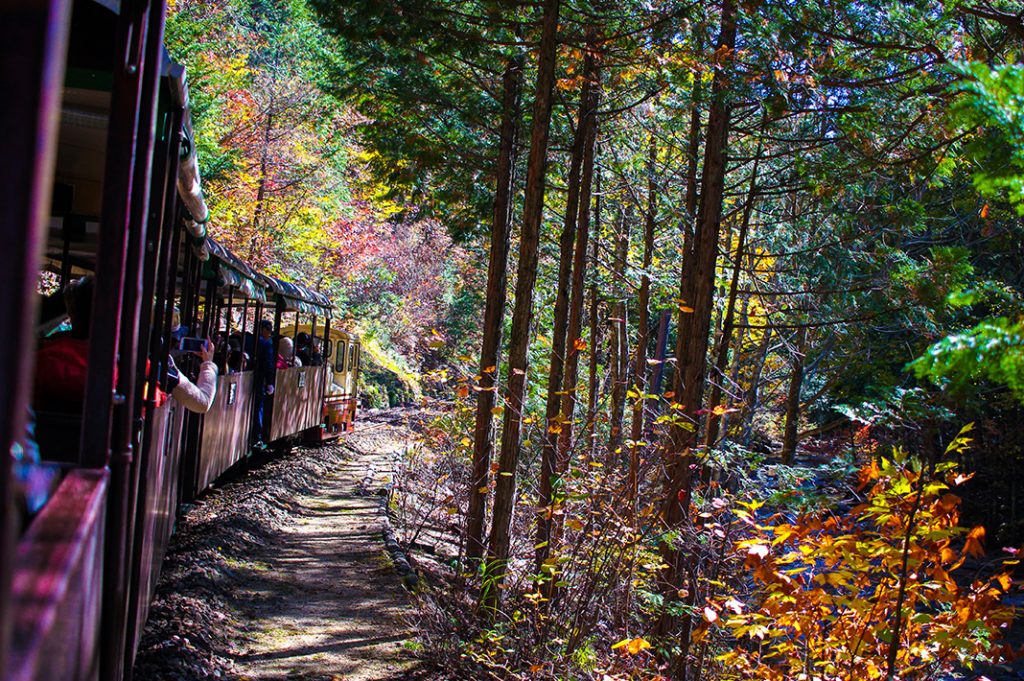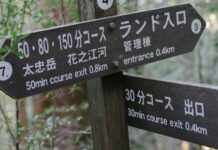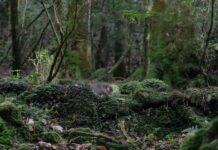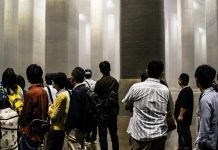There’s nothing more soothing than spending a day in nature; I’ve always thought so. On a quest to unwind, I paid a visit to Akasawa Natural Recreational Forest, Japan’s first-ever National Park. Located in Agematsu (in Nagano’s Kiso Valley) it is considered to be one of the most beautiful forests in Japan. It is also one of the largest; spread over 728 hectares, this coniferous forest attracts 100,000 visitors per year who come to enjoy forest bathing and the scenery from the windows of the restored train. Akasawa also makes another official list; the ‘One hundred most fragrant scenic areas in Japan.’ The lists and designations all hinted at something special in the forest, and I wanted to find out what it was.
If these trees could talk
Though it is protected today, the Akasawa Forest has endured a rather tumultuous history thanks to the desirability of its timber. The growing conditions of the surrounding Kiso Valley are ideal for producing high-quality cherry, elm and pine. Most coveted were the ‘Five Trees of Kiso’ (Sawara, Kouyamaki, Asunaro, Nezuko and the prized Hinoki cypress). Characteristically strong and beautiful, these were used extensively in construction and felled to near-desolation. Eventually, in the mid-1600s, the ruling samurai announced a ‘one tree, one head’ policy to control felling; this would ensure they were protected for future generations and is the beginning of the forest we see today.

This protection lasted a few hundred years until the forest came under the imperial family’s ownership in the Meiji Period. The ban was lifted and the replenished timbers were once again harvested for construction. Hinoki was shipped via river and newly built railroads to famous sites such as Horyu-ji Temple and Ise-Jingu. This history makes one thing clear: the timber is indeed special.
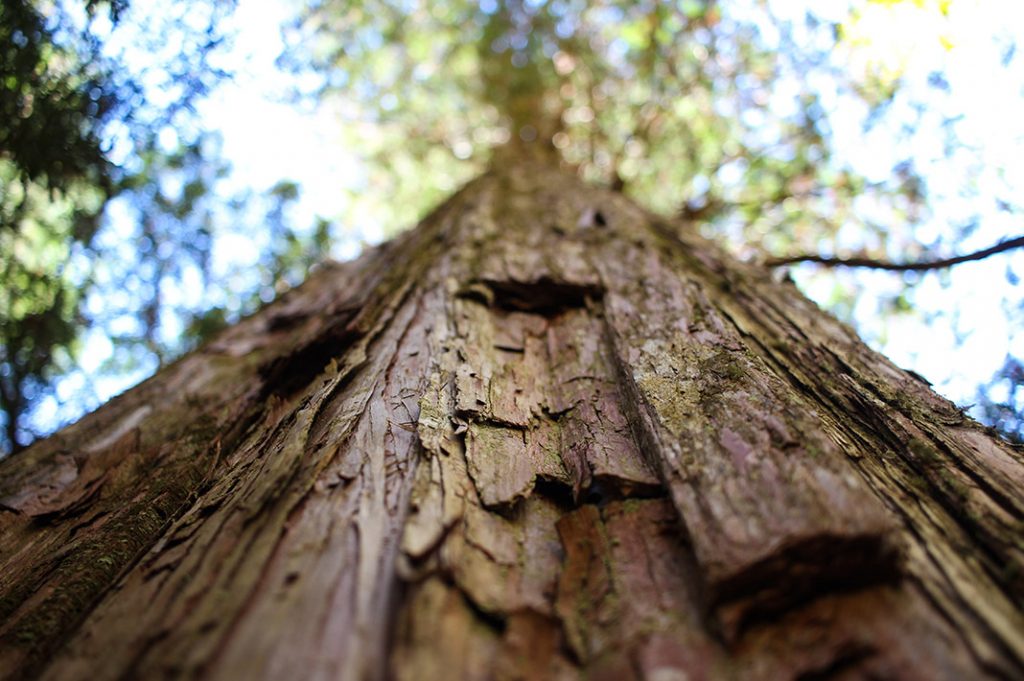
It was after domestic timber use slowed down post-war that the forest received its National Park protection. These days, you can see and touch the cypress trees which have watched this history unfold for over 300 years.
Birthplace of forest bathing
In 1982, twelve years after the National Forest designation, the concept of ‘Forest Bathing’ was first proposed in Akasawa. Visitors were instructed to slow down, breathe deep and absorb the atmosphere of the woodlands. Many people believe in the numerous health benefits from forest bathing. This forest is one of sixty places within Japan that is statistically proven to guarantee relaxation.
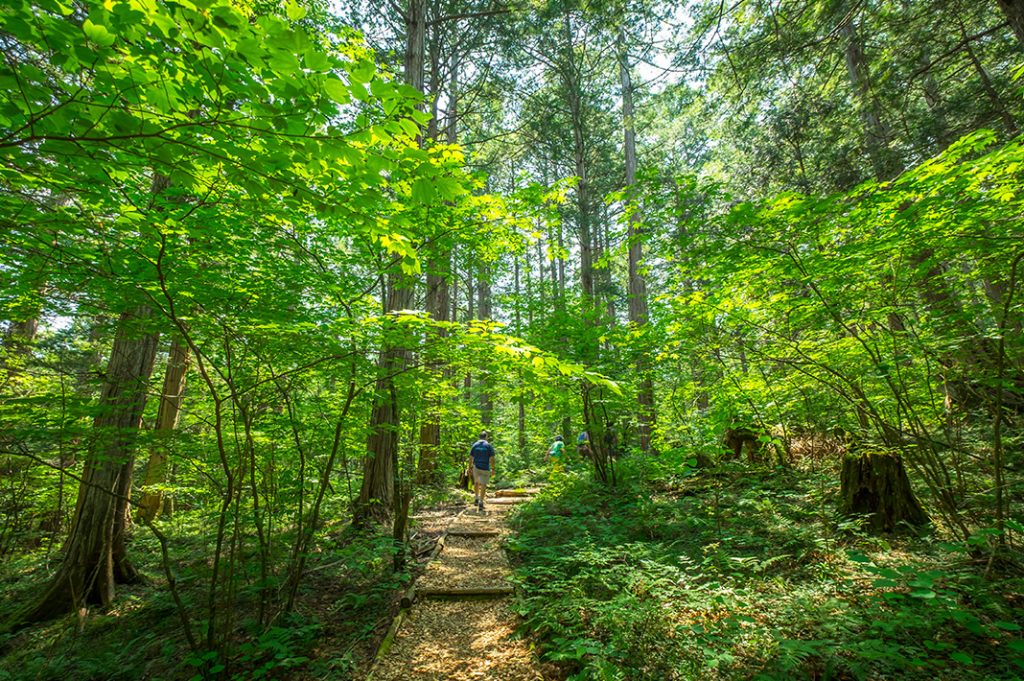
Locals feel that the longer you immerse yourself in nature, the greater the benefits, hence there is accommodation available within the Akasawa Natural Recreational Forest. We just enjoyed the forest as a day trip, though an overnight stay would have been blissful. I was battling a nasty cold at the time and could have used the extra healing.
The walking trails
There are eight different walking trails to choose from at Akasawa Forest. You can walk along rivers, over bridges, up to viewpoints and past the ancient cypress trees. The circuits range from 1.5-3.3km round trips which take an hour or so each. Why not do a few so you can see the best of the best. The paved friendship circuit is wheelchair accessible and the 2.8km round trip takes in railway views. The Mountain Stream Path (3.5km one-way) is great for those looking for a longer walk.
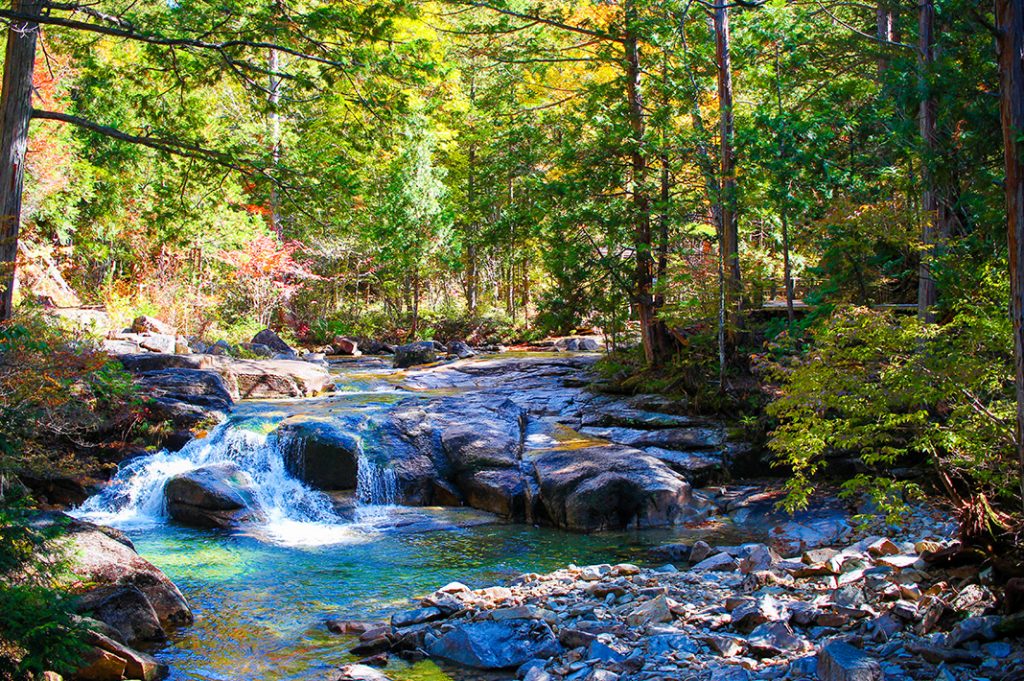
No matter which path you choose, you’re bound to be soothed by the sound of trickling water, the birds in the trees or by that officially fragrant forest aroma.
My visit in late October afforded a beautiful display of Autumn foliage. Vibrant reds, oranges and yellows mingled with the verdant greens; a treat for the eyes and something a camera just couldn’t capture. Underfoot was a wet, shiny carpet of fallen leaves; it was rather fun to search for the nicest maple or ginkgo leaf.
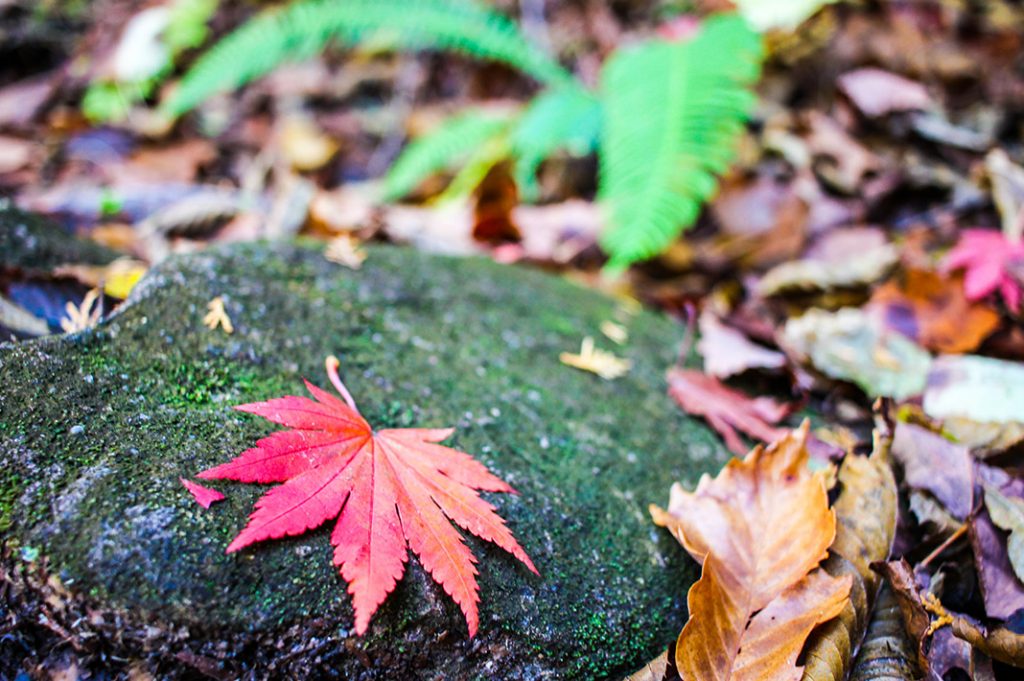
While autumn and spring are both beautiful times to visit, summer is peak forest bathing time when the greens are at their brightest.
The restored railway
Of course, the history of this forest is not just evident in the towering trees. The railway that once transported precious Hinoki was restored in 1987.
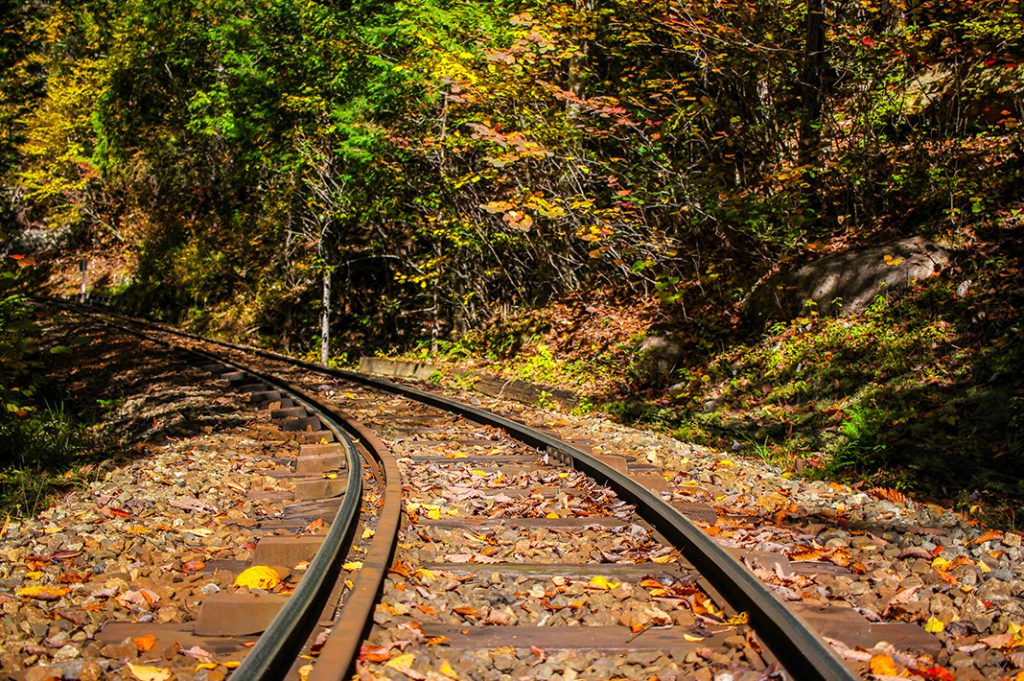
However, these days it carries smiling, waving tourists through the forest instead of timber. Buy your ticket near the Information Center and climb on board the beautifully restored train carriage.
With the fresh breeze in your hair, wave to all those you pass walking on the parallel friendship path.
Other facilities
The Akasawa Natural Recreational Forest also features an interesting museum and a gift shop selling cypress products. At the restaurant, you can get yourself a hot soba or a cold soft-serve ice cream. I also noticed various bathrooms throughout the park, all of which were clean.
In summary
Akasawa Natural Recreational Forest is indeed a special place. I could see it in the leaves, feel it in the sturdy cypress trunks and smell it on the breeze. Despite all the history on the land, the Kiso Valley keeps doing what it does best: grow magnificent trees. For anyone looking to unwind and enjoy the outdoors, you can’t go past Akasawa Forest.
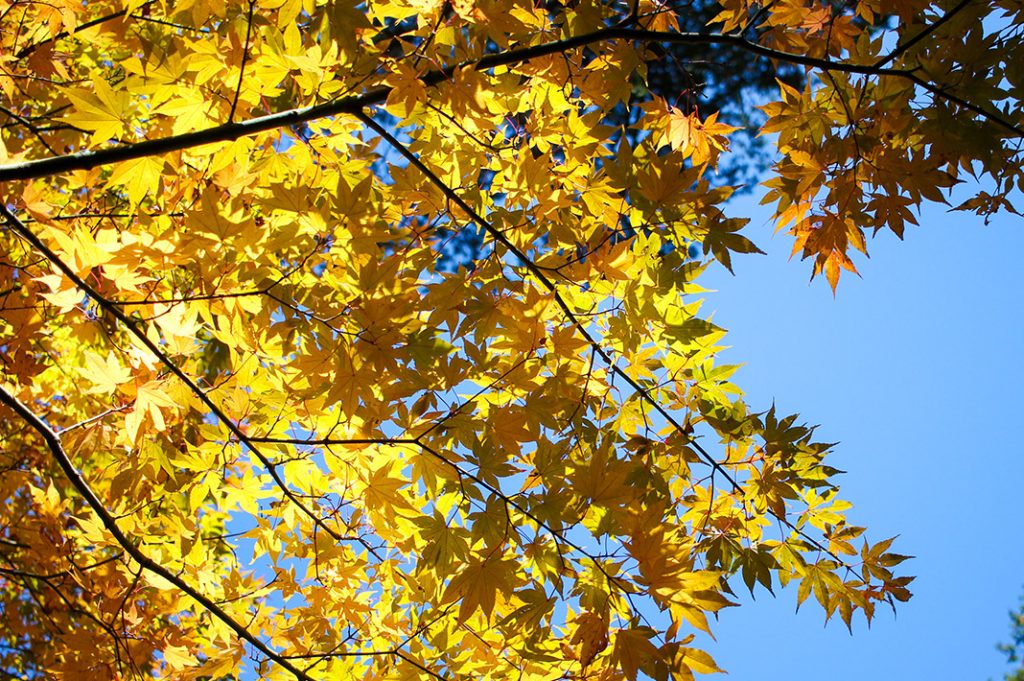
Getting there
There is a dedicated bus to the forest from both Kiso-Fukushima Station and Agematsu Station. Both bus stops have Tourist Information Centers right near them. Head there for timetables and to purchase round-trip bus tickets. There is also a timetable at Akasawa Recreational Forest to help you plan your return.
Name: Akasawa Natural Recreational Forest
Address: Ogawa, Agematsu, Kiso District, Nagano
Open: Late April to early November
URL: https://kiso-hinoki.jp/akasawa.html
Post by Japan Journeys.



